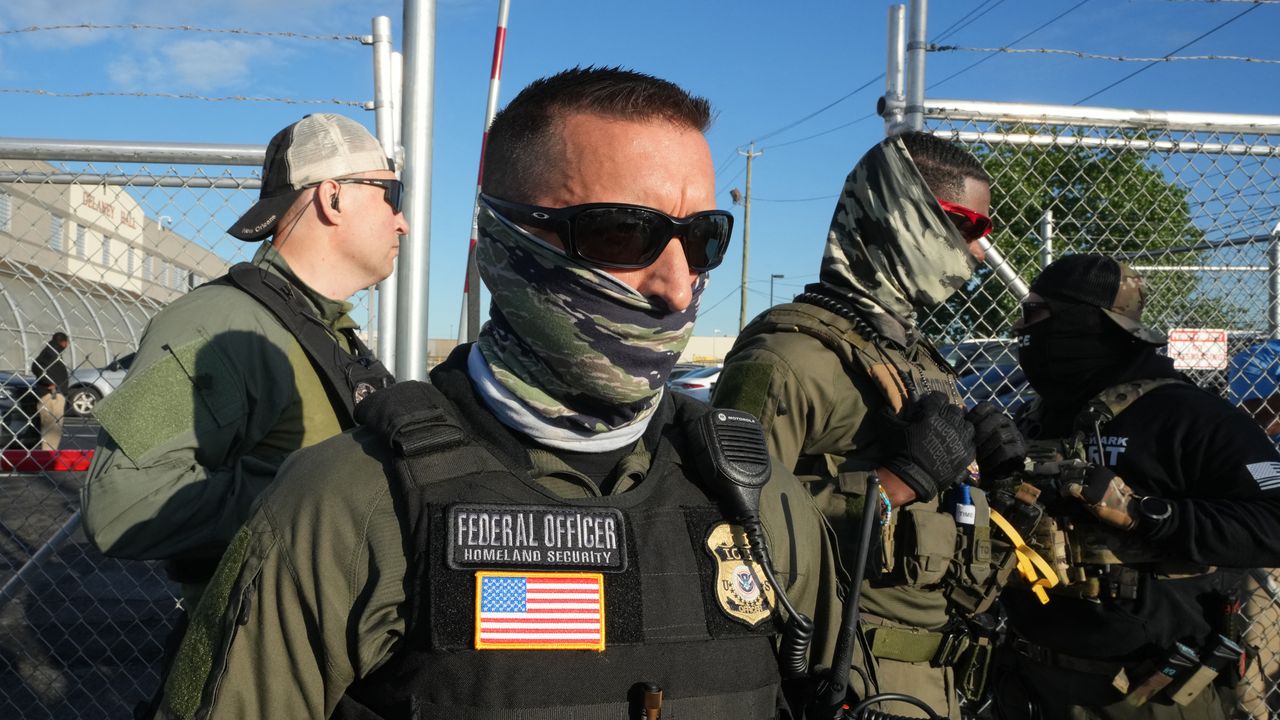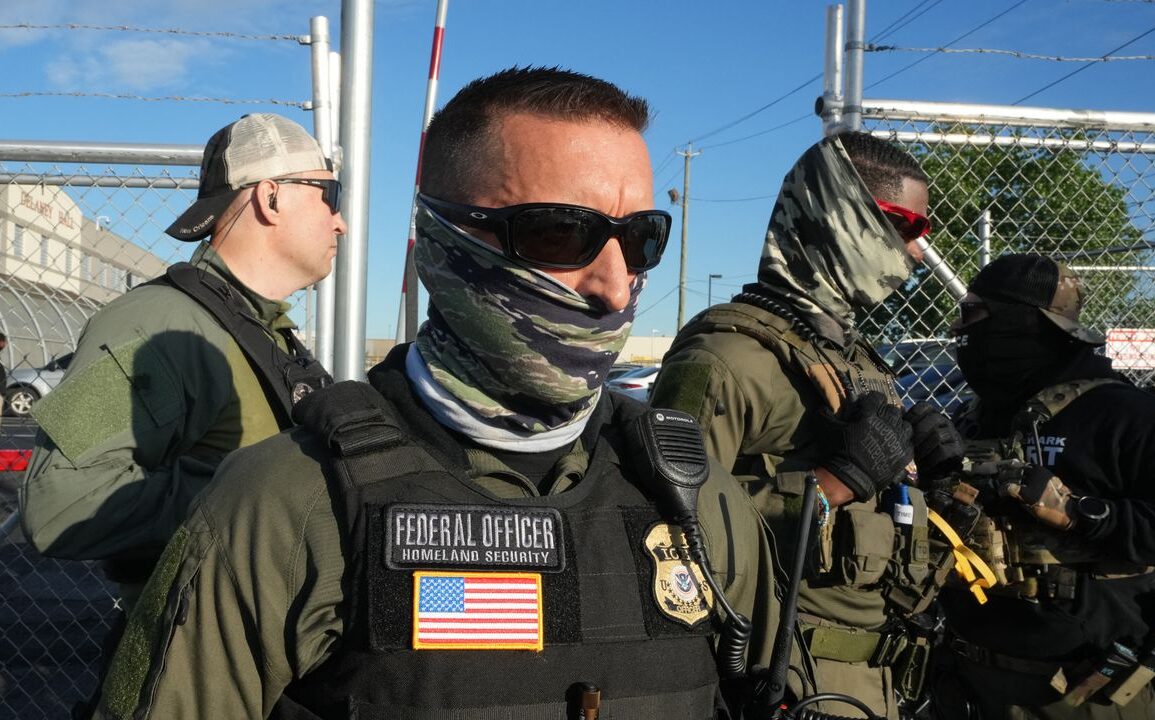
Since Donald Trump retook office, his administration has moved forward with promises to expand the surveillance, detention, and deportation of immigrants, an operation that heavily relies on private prisons in the United States. It is a gift to some of his most loyal corporate backers, GEO Group and CoreCivic, who invested millions in Trump’s reelection and inauguration. On a recent investor call, CoreCivic CEO Damon Hininger described this moment as “truly one of the most exciting periods” of his career.
Stay up-to-date with the politics team. Sign up for the Teen Vogue Take
Private prisons emerged in the mid-1980s. Their first contracts were in immigration detention, a space they continue to dominate today. But soon after, they broke into the much larger correctional market. By the early 1990s, their executives were helping to draft model legislation for mandatory minimums, truth sentencing, and three-strike laws, major contributors to the prison boom that followed. Today, private prisons earn more than $5 billion in revenue annually.
But the privatization of corrections and immigration detention runs far deeper and wider than just private prisons. Through the ‘80s, ‘90s, and 2000s, privatization ran rampant through the carceral system. Across the country, private corporations built businesses around incarceration and detention. Soon everything in carceral facilities, from food to healthcare to telecommunications, was being outsourced, creating an industry worth over $80 billion a year.
Whether they directly exploit incarcerated people and their loved ones or receive taxpayer funds to contract with prisons, corporations in the prison industry rely on overcharging for substandard products and services. Think shoddy phone service at $0.12 a minute. And given the opaque nature of correctional environments and their limited oversight, corporate abuse quickly became a mainstay of the modern prison industry — the subject of my new book, The Prison Industry: How It Works and Who Profits.
The prison industry is rife with unconscionable corporate behavior. For example, to increase the use of their new video calling services, for years, prison telecoms contractually required jails to eliminate visits, promising to share the anticipated revenue. Hundreds of jails saw visit rooms turned into video calling centers where young children reached for their parents through screens, unable to touch them. For many families, the cost of communication drove them into debt until they could no longer bear the burden.
Law enforcement narratives claim that this dehumanization is the cost of our security and safety. However, the prison industry stands in direct opposition to both. For instance, regular communication between incarcerated people and their families increases program participation and reduces violence in prison, and it improves reentry outcomes and lowers recidivism upon release.
The truth is buried in corporate filings and contracts. In its most recent annual report, CoreCivic lists “reductions in crime rates” as a risk to its business that “could lead to a decrease in convictions and sentences requiring incarceration at correctional facilities.” The corporation has a fiduciary duty to shareholders to mitigate that risk, and they go to great lengths to do so.
This post was originally published on this site be sure to check out more of their content.









